Electrical self-consumption allows any person or company to produce renewable electricity for their own consumption by installing photovoltaic solar panels or other renewable generation systems in their home, premises or neighborhood community.
Part of the electricity consumption is covered with the energy generated by the self-consumption installation, which means direct savings on the electricity bill, less dependence on changes in electricity prices and lower consumption of fossil energy, which contributes to reducing polluting emissions into the atmosphere.
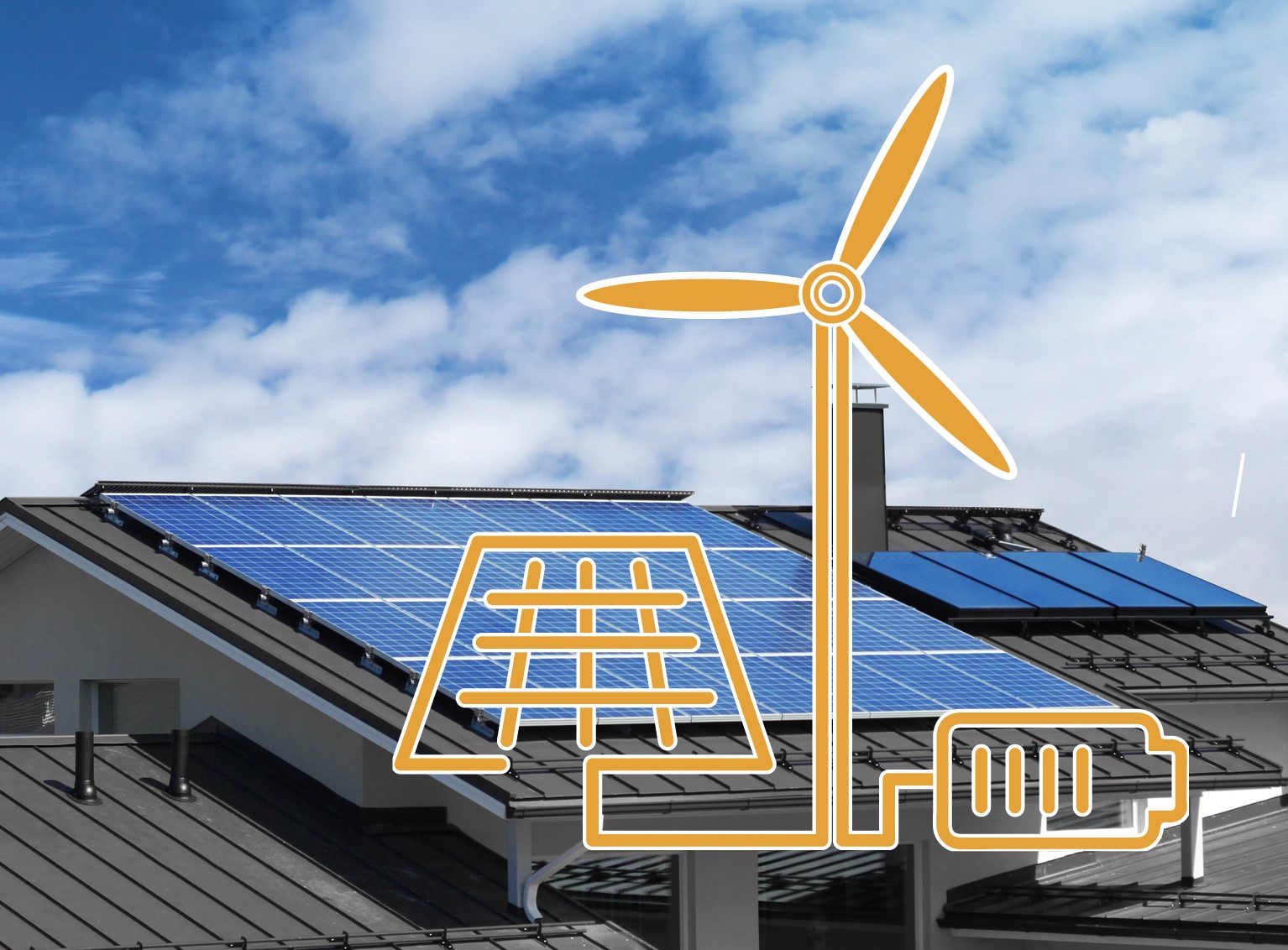
Self-consumption facilities are legal and technically and economically viable. In addition, the “sun tax” has already been eliminated.
The self-consumption installation consists of a generation part (for example photovoltaic solar panels or a mini wind generator), the electronic and wiring equipment (inverters, connectors and electrical protections) and the meter (which in many cases will be the same as already the consumer has).
In addition, you can add batteries and a management system that allows you to control the installation through a mobile app or website.
The entire system is connected to the electrical grid, so that when the installation is generating energy it is consumed directly, but when it is not generated (for example at night) the energy continues to come from the grid.
When all the generated energy is not consumed, the excess energy (surplus) is poured into the network, receiving a certain amount for it either in the form of compensation (discount) on the electricity bill or as an energy sale. in the market.
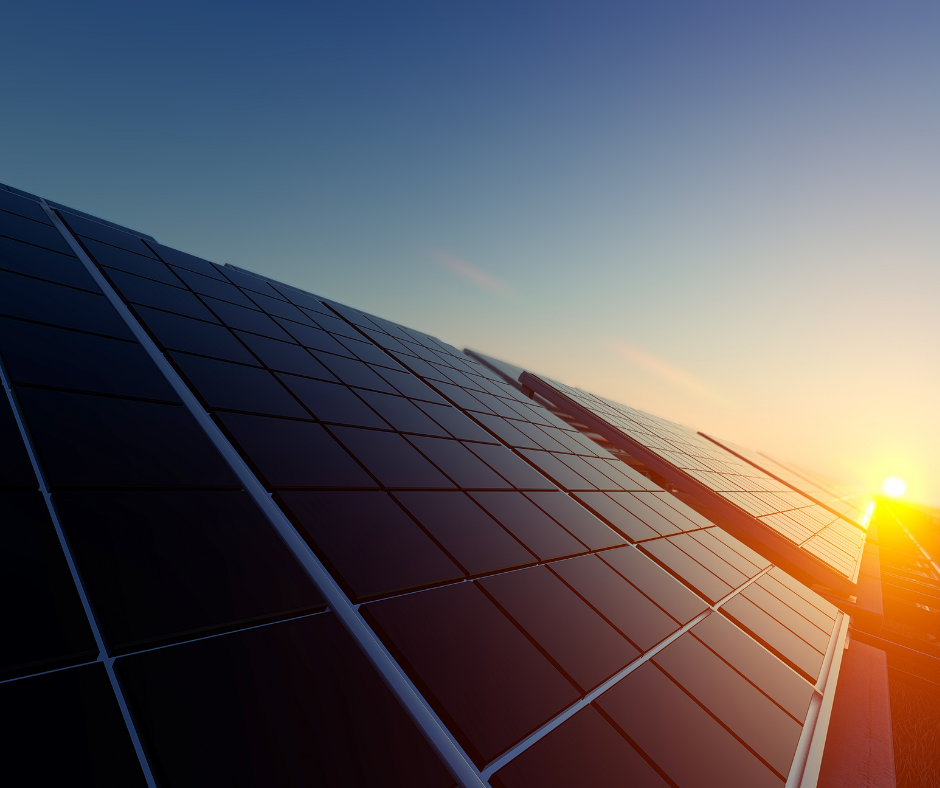
Paneles solares autoconsumo
Self-consumption can be carried out in any place, building, parking lot or construction where there is a connection to the electrical grid.
It can be carried out with any renewable generation technology (solar photovoltaic, mini-wind, mini-hydraulic or electric biomass) and the installations can have any power, from small residential systems of a few kilowatts (kW) to large industrial systems of several megawatts (MW).
There are multiple possibilities to design self-consumption:
For my own house, industrial warehouse or (individual) business.
For me, located in a nearby area (less than 500m). If it is a self-consumption of photovoltaic technology and the land is industrial land, a distance of up to 2,000m can be reached.
For me, located in a nearby area (less than 500m).
For me and for other neighbors in my same building (collective).
For my industrial warehouse shared with nearby industrial warehouses (less than 500m). If it is a self-consumption of photovoltaic technology and the installation is located on roofs or in artificial structures that are dedicated to another main use, a distance of up to 2,000m can be reached.
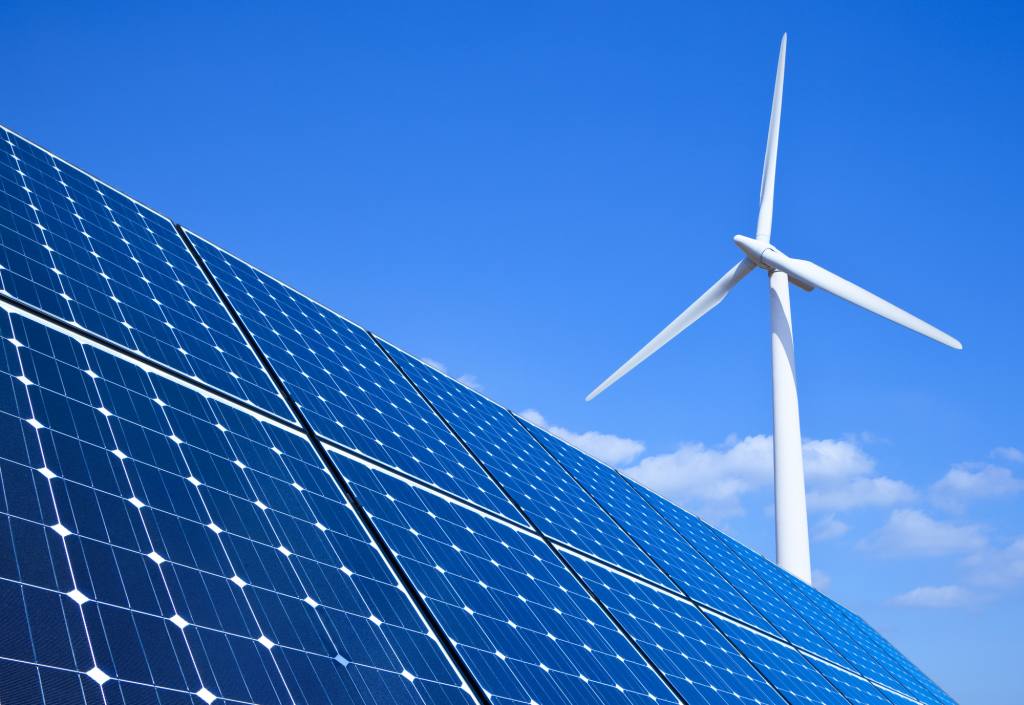
panel solar y aerogenerador
If you have chosen an installation WITH surpluses, the energy that is not consumed instantly can be transferred to the grid.
There are two possibilities:
Simplified surplus compensation
Through this mechanism, the unconsumed energy (surplus) is delivered to the network and is compensated in the consumer's electricity bill valued at a certain price that will depend on the type of consumer's supply contract.
If the consumer is from a regulated marketer (PVPC), the surplus is valued at a regulated price (daily market price less deviations).
If the consumer is from a free market trading company, the price of the surplus is agreed upon with the trading company.
In the (monthly) supply invoice, this value will be deducted from the cost of the energy that has been acquired from the network that month. The result cannot be negative.
To activate the compensation, each marketer will modify the supply contract of each consumer reflecting this modality in it.
Sale to surplus network
In this case, consumers do not receive any amount for the surplus energy that they do not self-consume at any given time.
These surpluses are sold on the market and the producer must have a representative in the electricity market (or another sales modality) and take charge of fiscal and tax obligations.
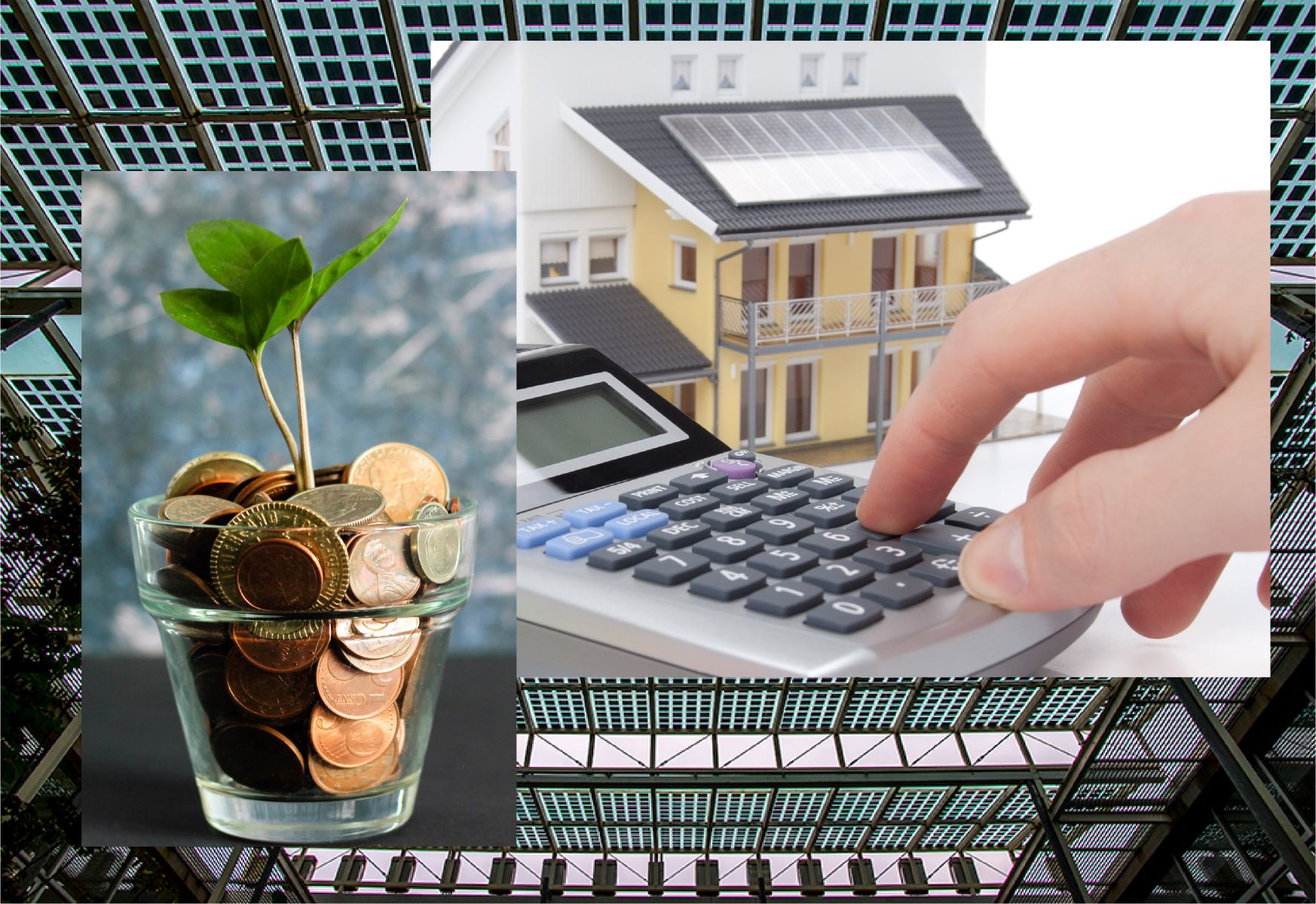
The savings achievable by installing self-consumption depend on several factors.
Installation locationLocation and resource availability (solar/wind) have a strong influence on the generation capacity of the installation. In the photovoltaic case, a good orientation (preferably SOUTH) and absence of shadows is essential.
Coincidence between consumption and productionThe maximum savings occur when self-consumption is carried out instantly, that is, when we consume during the production hours of the installation (in the photovoltaic case during solar hours); In that case, self-consumption saves us the entire corresponding part of the variable term (including the cost of energy and the corresponding tolls and charges).
Therefore, it is desirable to modify our consumption habits to shift electrical consumption to production hours, for example by using programmers.
If batteries are installed, the energy that is produced and not used can be accumulated for later use but at the cost of a greater investment.
Energy pricesIn a context of high energy market prices, the savings will be greater.
Remember that the useful life of these installations can reach 30 years, so the installation will allow you to protect yourself from price variations.
Aid for self-consumptionThere is currently aid for self-consumption in the Recovery, Transformation and Resilience Plan determined by Royal Decree 477/2021 and which are managed through regional calls.
With them you can opt for a percentage of direct aid (variable depending on the power and type of beneficiary) that will allow you to reduce the necessary investment
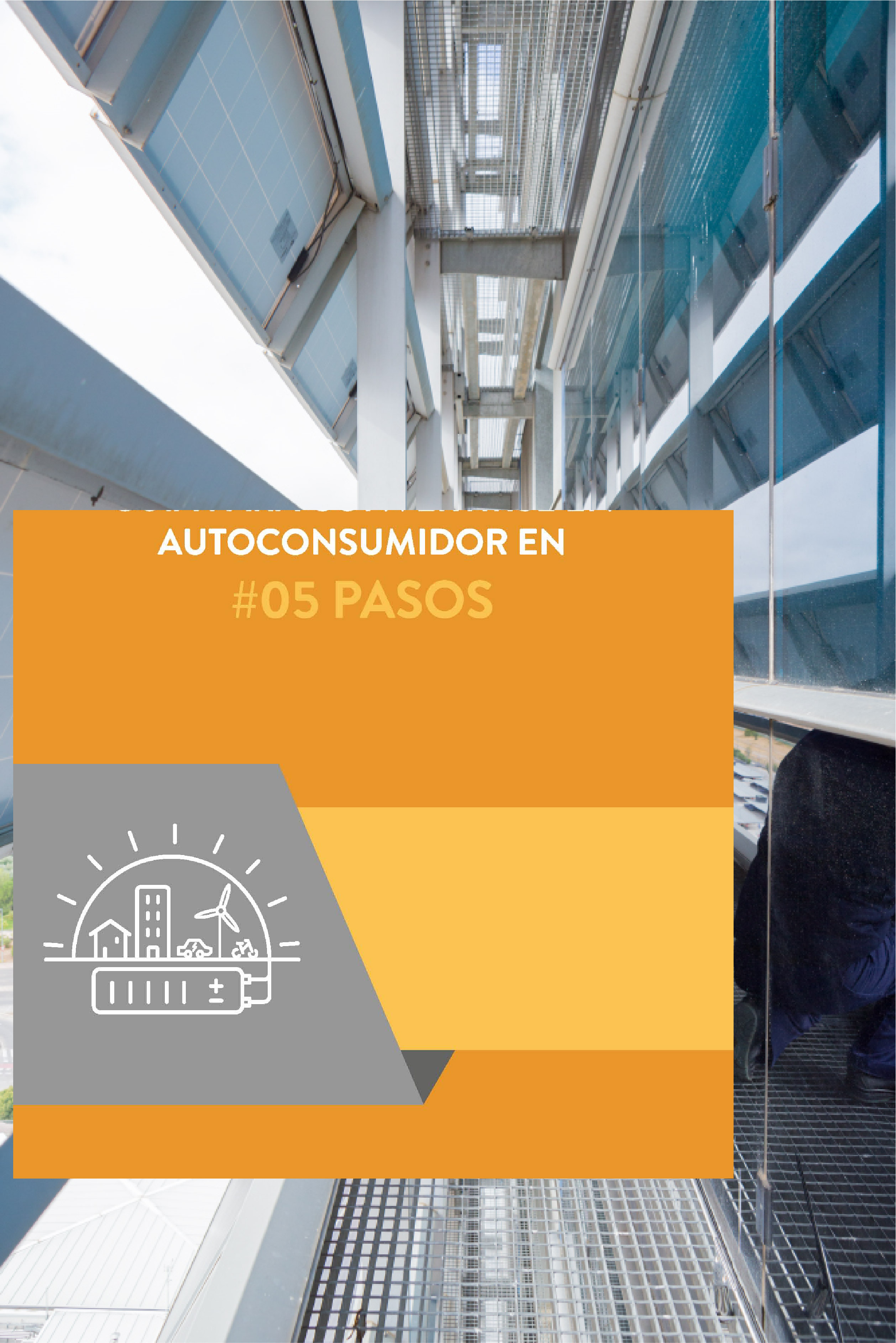
Convertirse en autoconsumidor en pasos
STEP 1. Necessary elementsTo create a self-consumption system, it is only necessary to have two elements:
- A connection to the electrical network. There must be a consumer with an existing electricity contract or contracting a new one.
- Free space with access to the sun or wind: roof, cover, parking canopy, pergola, land, etc. The conditions of the area and the orientation (preferably SOUTH) are very important to get the most out of the solar installation, but others orientations are also viable.
If adequate space is not available in the same building, it is possible to use a nearby space (under certain conditions) using the electrical network to connect to the installation.
STEP 2. Specialized adviceThe execution of the installation must be carried out by a specialized installation company that will have electricians with specialist status, thus guaranteeing quality execution. To find specialized installation companies, you can contact installer associations (FENIE, ATECYR, etc.) or renewable sector associations (UNEF, APPA, etc.). Energy marketers also offer this type of services and finally, you can choose to contact an Energy Services Company (ESE). These companies will offer you advice to find the design and self-consumption modality most appropriate to your needs based on your consumption, available space, connection possibilities, etc. The installation company will present the necessary documentation to the autonomous community to authorize the installation once performed.
It is advisable that you request several quotes to be able to compare the solutions offered and make the best possible decision. The installer will carry out a preliminary study with production estimates, occupied spaces, prices, etc. Once you approve the quote and make the contract , the installer will write a technical report or a project (depending on the power of the installation) with details of the equipment and calculations. Agree with the installer on the spaces occupied by the photovoltaic modules (roof), and by the equipment (inverter and protections), as well as the wiring routes so that they fit your home or premises.
STEP 3. Permits and authorizationsIf you are going to carry out self-consumption in a community of owners, it will be necessary to obtain the approval of the Board of Owners, whether it is proposed for use by a neighbor or group of neighbors, or if it is proposed for common use. Consult with your Property Manager how to approve this project at the Owners' Meeting.
Installations less than 100 kW do not require prior administrative authorization from the autonomous community.
Installations WITHOUT surplus and installations WITH surplus less than 15 kW that are located on urbanized land do not need any access and connection permit, so it is not necessary to contact the distributor in advance. In the rest of the cases, the installation company will indicate the necessary steps to carry out the access and connection procedure.
Remember that it will be necessary to process the building permit/license with your town hall. In many municipalities the process is carried out through a responsible declaration and it will be necessary to pay the Construction and Works Tax (ICIO). The installation company will be able to help you with your presentation.
STEP 4. ExecutionResidential installations are usually executed in one or two days. They barely generate waste beyond cardboard and plastics that are discarded in municipal containers, since no interventions are carried out in the building. They do not usually require lifting elements (cranes) since the modules can be raised to the decks using the elevator.
Upon completion, the installation will be connected and can start producing immediately. Only installations greater than 15 kW that do require access and connection procedures must be reviewed by the distributor.
STEP 5. Legalization and procedures with electrical companiesOnce completed, the installer will legalize the installation by presenting the Electrical Installation Certificate (CIE) to the autonomous community. You must provide a duly completed copy, a copy of the project/technical report. The Professional Guide for Self-Consumption Processing has a model with the information that must be provided.
If the installation is less than 100kW, the rest of the procedures must be automatic and within a period of 15 days the distributor must begin the self-consumption registration process. The marketer must contact you to make the pertinent changes to the consumer's supply contract. However, the consumer can be proactive and contact their marketing company directly to request registration for self-consumption.


